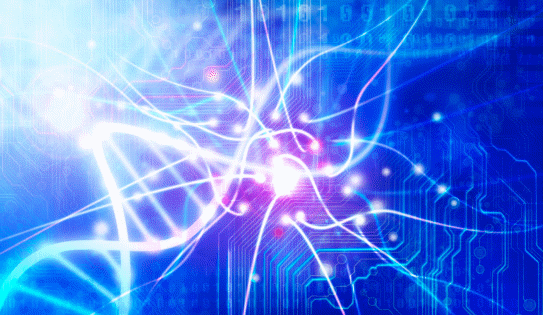 Microevolution reflects changes in DNA sequences and allele frequencies within a species over time.
Microevolution reflects changes in DNA sequences and allele frequencies within a species over time.
Evolution is a process that results in changes in the genetic content of a population over time. The study of evolution can be performed on different scales : Microevolution and macroevolution.
Microevolution reflects changes in DNA sequences and allele frequencies within a species over time. These changes may be due to mutations, which can introduce new alleles into a population.
In contrast with microevolution, macroevolution reflects large – scale changes at the species level, which result from the accumulation of numerous small changes on the microevolutionary scale. An example of macroevolution is the evolution of a new species. Macroevolution, on the other hand, refers to change at or above the level of the species.
Thus, evolution reflects the adaptations of organisms to their changing environments and can result in altered genes, novel traits, and new species. Evolutionary processes depend on both changes in genetic variability and changes in allele frequencies over time.